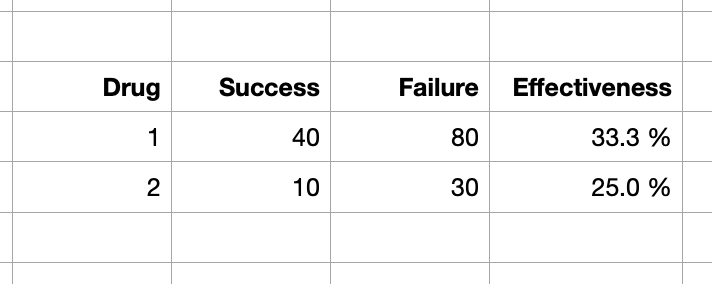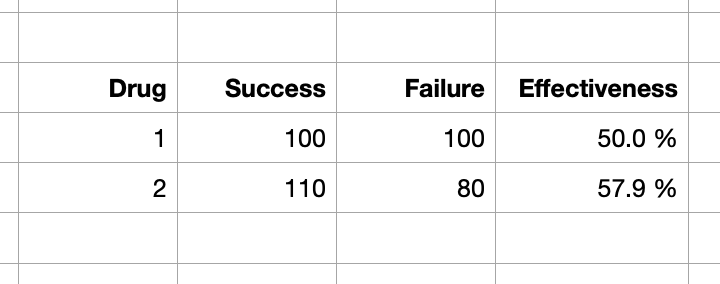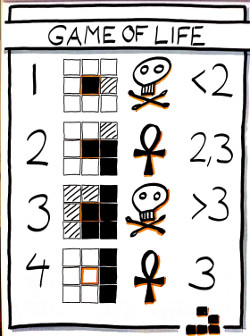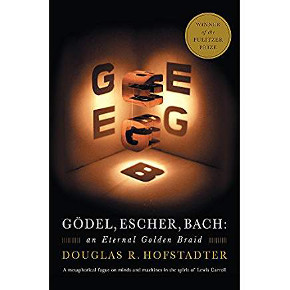Beyond Infinity by Eugenia Cheng

This is a maths book by a woman and it certainly has that feminine touch. Many of her analogies are drawn from her day-to-day life: children climbing stairs, lego bricks, recipes, hiking holidays. Sounds trite, doesn’t it … but no! I’ve read dozens of books about infinity and this is right up there among the best.
I’ll start again! The thing I hate when I read “introductory” texts in maths or science is that I can’t help wondering where they draw the line between plagiarism and the work in question. I’ve read the same stuff over and over again, written by diverse writers and their repetitive dishing out of the same old stuff makes me feel I’ve been conned. If I had a cent for every author who told me how Gauss, as a child, calculated the sum of the numbers from 1 to 100, I’d have more than €50.50 to my name. (In that connection, don’t miss the very different approach taken by Brian Hayes in Foolproof). The thing about Eugenia Cheng‘s book is that, although she covers familiar ground for me, I don’t think anyone has done it with quite such clarity before. A pleasure to read and I feel I learned a lot of things I thought I knew before.
For instance, I now understand that: ∞ + 1 ≠ 1 + ∞
I was so taken with this book that I looked the author up and found this presentation she made on UTube. Definitely a lady to pay attention to.







 Gödel’s theorem represents to me one of the high intellectual achievements of the 20th century. It was a devastating hammer-blow to mathematicians; imagine that you’ve given your life’s work to proving, say, Goldberg’s Conjecture. Gödel says that not everything that is true is provable; so maybe you’ve wasted your life on one such unprovable conjecture! (The very fine novel: Uncle Petros and Goldbach’s Conjecture by Apostolos Doxiadis imagined just such an outcome and is well worth reading).
Gödel’s theorem represents to me one of the high intellectual achievements of the 20th century. It was a devastating hammer-blow to mathematicians; imagine that you’ve given your life’s work to proving, say, Goldberg’s Conjecture. Gödel says that not everything that is true is provable; so maybe you’ve wasted your life on one such unprovable conjecture! (The very fine novel: Uncle Petros and Goldbach’s Conjecture by Apostolos Doxiadis imagined just such an outcome and is well worth reading).